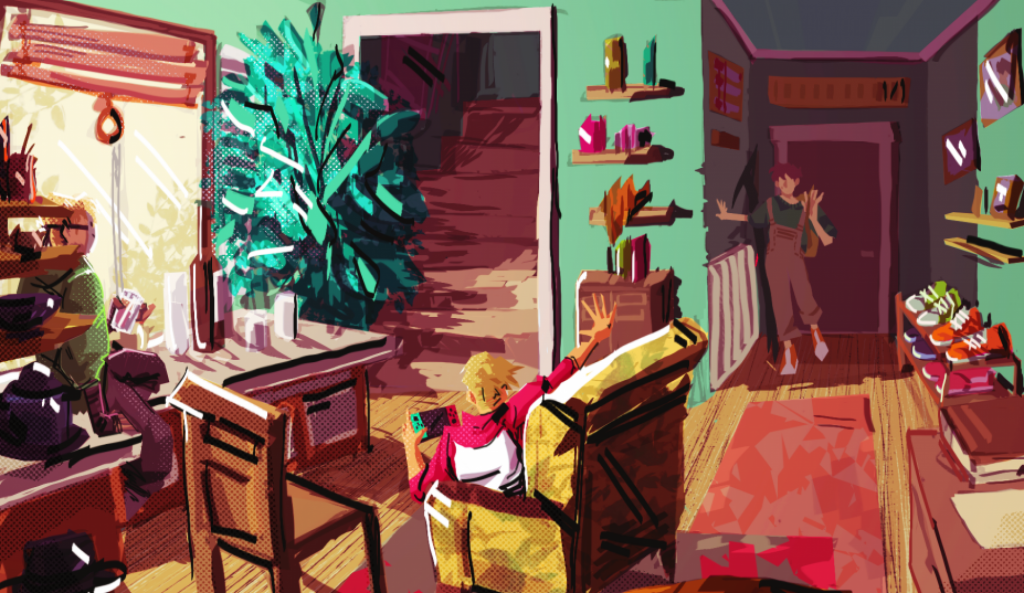1_Theory and Practise in Context
“Most of t he ideas advanced (in film studies) have been suggested by people without any knowledge og how is actually put together… aftr seeing one or two projections of the films considered”
– Barry Salt, 1974
“The split btween theory and practice in the study of cinema reults in a ludicrous situation: students in cinema studies lack the practical experience (needed to understand) the specificities of the medium, and students in film production are deprived of the theoretical/historical background which is crucial to their development.”
– Vlada Petric, 1976
REALISM – the assumption that cinema is able to render a realistic representation of the world “life as it happens” – a new level of objectively viewing the world.
FORMALISM – assumption you unable to record reality as it is, such a limitation defines the artistic practice, constructivist approach – new way of subjectively expressing the human experience.
FILM THEORY
https://routledgetextbooks.com/textbooks/9781138824300/default.php
CINEMA AS … https://vimeo.com/user32085195
Animation enables me to give magical powers to things. In my films, I move objects, real objects. Suddenly everyday contact with things which people are used to acquires a new dimension and in this way casts doubt over reality. In other words, I use animation as a means of subversion. – Jan Svanlmajer, 1992
CREATE YOUR OWN THEORY OF ANIMATION
Additional research topics:
- Glene Keane “Acting for Animatiors” how animators give shape to emotion
- “The street of crocodiles”
- “Waking life” 2001
- “Waltz with Bashir” 2008
2_Rotoscoping and the Animated Documentary
- Animated documentary – does such a thing exist?
- Why is the merragee of animation and documentary such an odd union?
- Why do questions of realism in animation appear to be a provocation?
- Wha can animation ‘do better’ than conventional documentary/live-action ways of telling and showing?
DOCUMENTARY – ‘dependant on the specificity of its image for authenticity’ – Blurred Boundaries, Bill Nichols, 1994
ANIMATION is not the art of drawings that move but the art of movements that are drawn; What happens between each frame is much more important than what exists on each frame; Animation is therefore the art of manipulating the invisible interstices that lie between the frames.
ANIMATED DOCUMENTARY:
- has been recorded or created frame-by-frame
- is about the world rather than a world wholly imagined by the creator
- has been presented as a documentary by its producers and/or recieved as a documentary by audiences, festivals or critics.
Rotoscoping Technique
Invented by the Fleischer Brothers in 1917.
An animation technique in which animators trace over footage, frame by frame, capturing fluid and lifelike motion.
Originally, recorded live-action film images were projected onto a frosted glass panel and re-drawn by an animator. This projection equipment is called a rotoscope.
Rotoscoping has largely been replaced by computers especially in the form of motion capture.
